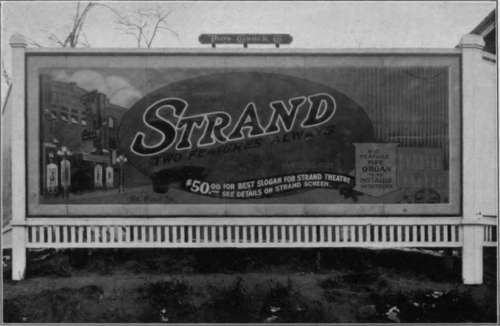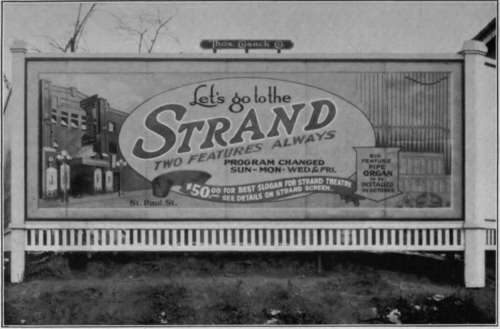What You Can't Photograph
Description
This section is from the "Studio Light Incorporating The Aristo Eagle - The Artura Bulletin 1922 " book, by Aristo Motto. Also see Amazon: Studio Light Incorporating The Aristo Eagle - The Artura Bulletin 1922 .
What You Can't Photograph
In the October number of Studio Light we published a warning against copying Naturalization Papers. A photographer comes back at us with the question, "How are we to know what we can and what we can't photograph?" As it happened, he had just photographed some naturalization papers but was able to call in the prints and destroy them.
It is quite natural that the photographer should be worried about such matters when the penalty is a fine of $10,000 or 10 years imprisonment and ignorance of the law doesn't excuse the offense.
In the case of Naturalization Papers there is a law which specifically defines the offense. "Whoever shall photograph or in any manner cause to be photographed, any certificate of citizenship, etc." That is quite plain and there is no danger of a photographer flirting with a fine or imprisonment when he knows what constitutes the offense.
The other things that a photographer can not lawfully photograph are fairly well covered by the following statutes:
"Whoever with intent to defraud, shall falsely make,forge, counterfeit or. alter any obligation or other security of the United States, etc." "Obligation or other security shall be held to mean all bonds, certificates of indebtedness, National Bank currency, U. S. notes, Treasury notes, gold certificates, silver certificates, fractional notes, certificates of deposit, bills, checks or drafts for money drawn by or upon authorized officers of the U. S., Postage stamps, revenue stamps and other representatives of value."
The above may not be quoted exactly but it is sufficiently correct to cover the ground and define an obligation or security. Then comes the specific statute covering photographs:
"Whoever shall photograph or cause to be photographed or aid in photographing or in executing any photograph, print or impression in the likeness of any such obligations or other securities, except by direction of some proper officer, etc."
It is readily seen why the law is necessary when it is understood that photographs are an aid to the counterfeiter or forger. But be that as it may, the intent to defraud does not enter into the question so far as photographs are concerned.
Our advice would be, in case of doubt, don't take a chance. If you have no one who can give you authoritative advice don't accept a job of photographing any government papers which might come under the classification of obligations or securities.
If you are called upon to photograph a deed, an envelope or document of any kind bearing a government stamp it is a good plan to do as some photographers do; cover the stamp with a piece of paper cut to size, with the word "stamp" written on it. This indicates that the stamp is there but you are not guilty of photographing it.
There may also be State laws in regard to similar State papers but this should be fairly easy for one to determine.

Print From A Negative Made On An Ordinary Color-Blind Plate.

Print From An Eastman Commercial Panchromatic Film Negative Made With A K 3 Filter.
All The Colors Are Correctly Rendered.
Continue to:


